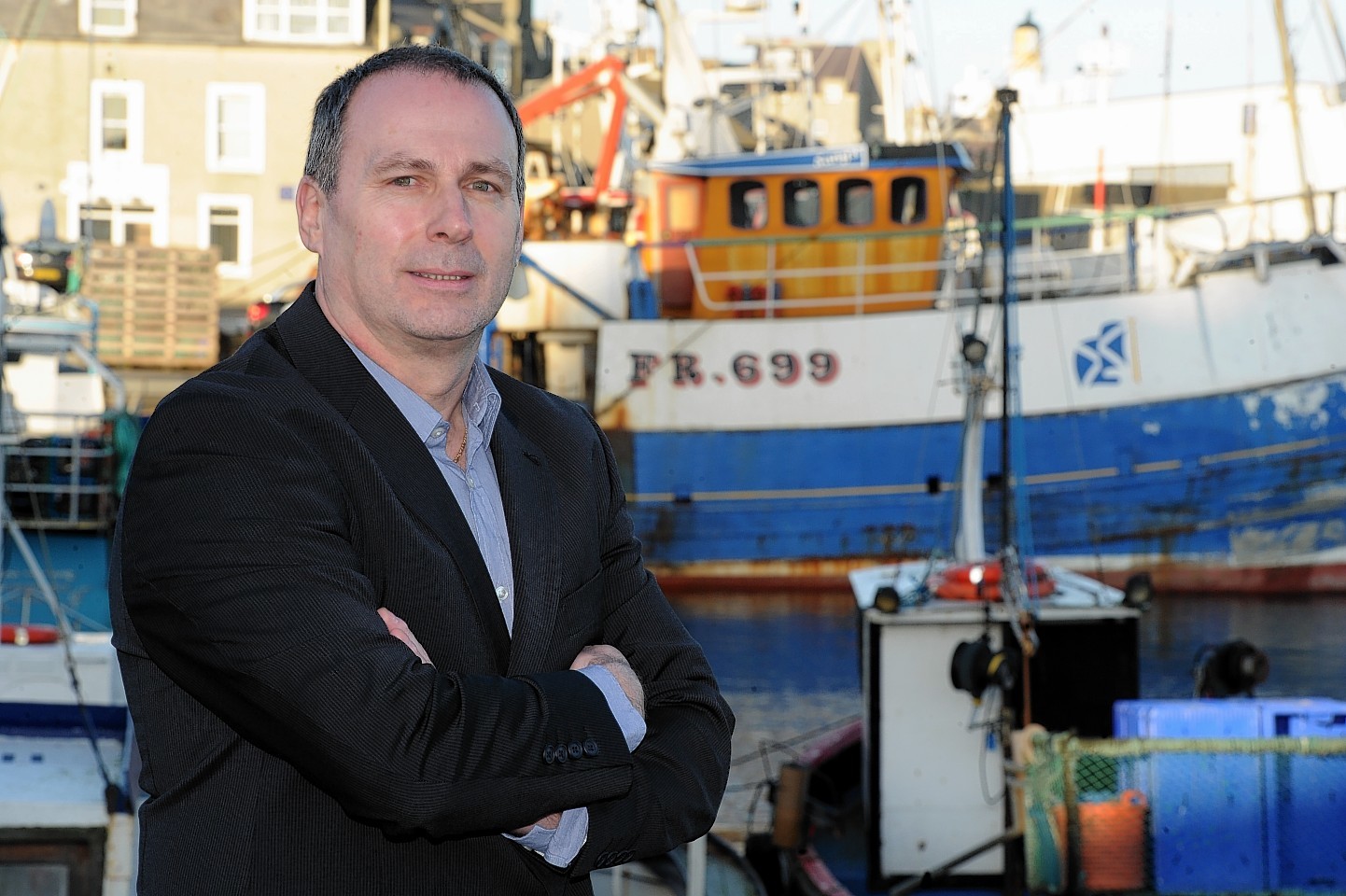Fishing chiefs were still upbeat about the outcome of the end-of-year quota talks in Brussels after poring over the finer details yesterday.
The Scottish White Fish Producers Association (SWFPA) and Shetland Fishermen’s Association (SFA) also said they welcomed Scottish Government pressure on the European Commission (EC) to quickly tackle any legal problems created by the new discards ban.
SWFPA chief executive, Mike Park, added: “Up until now, (EC) officials have demonstrated little understanding of the practical difficulties and ruinous implications for the fishing industry of the ban.
“They now need to listen to skippers and crewmen who have delivered on their commitment to sustainable fishing – they are the innovators who can find ways to secure a strong future for environmentally-responsible fisheries.
“We hope now that the Scottish Government will convince the UK and other member states around the North Sea basin of the huge importance of setting out a path of delivery that both promotes and protects fishing business.”
SFA executive officer, Simon Collins, said: “Over and above details of quotas for next year, the commission needs to shoulder its responsibilities on implementing the discard ban.
“At a time when the industry should be looking forward to a bright future, the last thing we need is dogmatic insistence on unworkable rules.”
Scottish Fisheries Minister Richard Lochhead has urged EC officials in Brussels to swiftly resolve the “crazy and bizarre” dilemma facing skippers as the discard ban – being phased in from January 1 – looms.
As previously reported by the Press and Journal, trawlermen could be in breach of existing rules if they comply with the new “landing obligation”, which requires them to bring ashore 95% of their catch.
One industry chief described the contradictory pieces of legislation as a “goof-up”.
But UK Fishing Minister George Eustice insists the newly-reformed Common Fisheries Policy, which governs how much fish can be caught and how many days boats can go to sea, supersedes all previous legislation.
Mr Eustice said the latest deal was “good for Scotland” as well as fishers elsewhere in the UK.
As a result of this week’s talks in Brussels and earlier negotiations between the EU, Norway and Faroe, annual North Sea cod, haddock and monkfish catch limits are up by 5%, 15% and 20% respectively. North Sea prawn and plaice quotas have also increased by 15%.
But North Sea saithe, whiting and herring allowances have all been cut in line with long-term management plans, and the UK’s north-east Atlantic mackerel quota is down by 15%.
West coast fishers can catch 14% more haddock and 20% more monkfish, but their quotas for prawns, whiting and saithe are down by 7%, 14% and 15% respectively.
Haddock quota for the environmentally-sensitive Rockall area is up by 113%.
